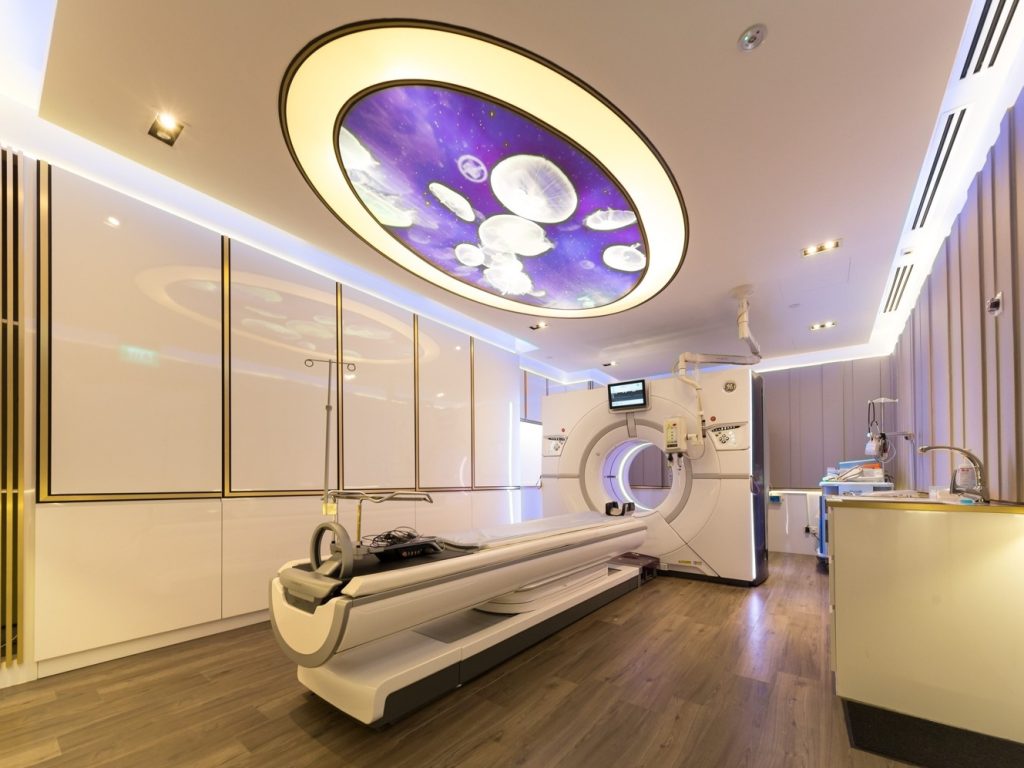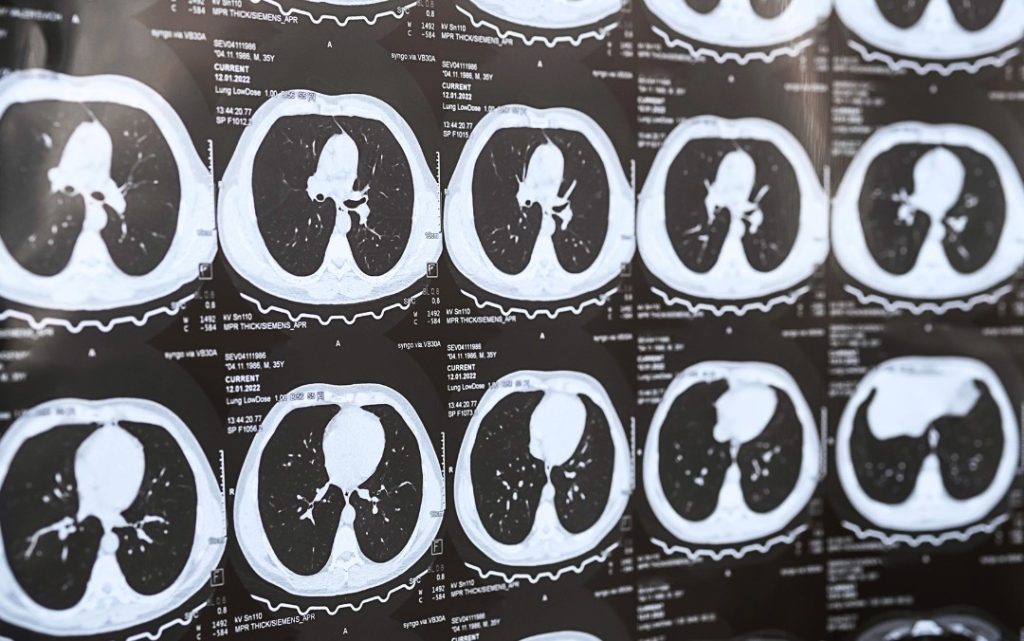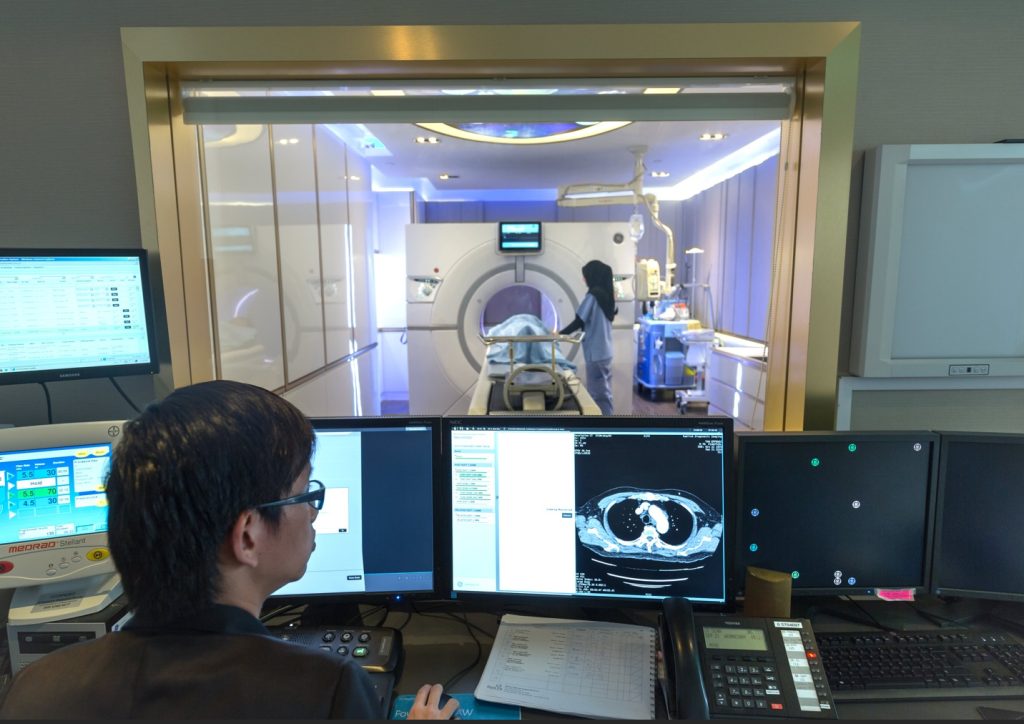


CT scans, or Computed Tomography scans, are diagnostic imaging tools that provide highly detailed cross-sectional images of the body’s internal structures. CT scans are one of the most widely used medical imaging techniques for diagnosing a variety of health conditions. Whether detecting internal injuries, identifying tumours, or assessing organ health, CT scans provide detailed cross-sectional images of the body, enabling doctors to make accurate diagnoses and treatment plans.
CT scanning services in Singapore provide patients and their doctors with the information they need to make accurate diagnoses, make informed decisions, and devise treatment plans accordingly. If you are considering a CT scan in Singapore in 2025, you may have questions about the procedure, preparation, and where to get one. This guide will cover everything you need to know about CT scans—from how they work to the latest advancements—helping you make an informed decision for your health.
A CT scan uses a combination of X-rays and computer technology to capture detailed images of internal organs, bones, soft tissues, and blood vessels. It creates multiple cross-sectional images, or “slices,” of the internal organs, providing doctors with highly detailed pictures of a patient’s anatomy. Although a CT scan uses X-rays, the X-rays are aimed at the patient and rotated around the body at different angles. Through this technique, a CT scan is able to reveal much more detail than traditional X-rays, helping to identify medical issues that may not be visible with other imaging methods.
Following are some of the common applications of CT scans.

A CT scan is a non-invasive imaging technique that requires a bit of preparation.
Pre-Scan Guidelines for Patients:
Contrast Dye Information:
When you go for a CT scan, you can expect the following:
Note: RadLink adheres to stringent safety protocols for all patients

Post-Scan Process:
Report and Results Timeline:
A radiologist reviews the images and prepares a detailed report that is shared with your referring doctor.
Consultation and Next Steps:

CT scans are a vital diagnostic tool that provides fast, detailed, and accurate imaging for a wide range of medical conditions. Whether you’re undergoing a scan for injury assessment, disease detection, or routine health screening, understanding the procedure, costs, and available options in Singapore can help you make an informed decision.
With advancements in medical imaging technology, CT scans in 2025 offer improved precision, reduced radiation exposure, and faster results. If you suspect a medical issue requiring further evaluation, scheduling a CT scan could be a crucial step toward early diagnosis and effective treatment, ensuring better health outcomes for the future.
Contact RadLink today to make an appointment for a CT scan for yourself or your loved ones.
Most CT scans are typically completed within 15 minutes, though preparation time may vary based on the need for contrast dye and region.
Yes, CT scans are safe, with low radiation exposure managed according to strict safety protocols.
Wear comfortable clothing and avoid any metal items, including jewellery, that could interfere with the scan.
The CT scan procedure itself is painless. However, if you had a contrast dye, you might feel a mild warm sensation in your body when it is administered.
If you are allergic to contrast dye, inform your doctor beforehand so that alternative imaging options or pre-scan precautions may be considered.
Results are generally available within a few days and sent to your referring doctor for review.
X-rays provide a flat, two-dimensional image, whereas CT scans create 3D images by combining multiple X-rays taken from different angles. This feature gives CT scans an edge for diagnosing complex conditions or assessing detailed anatomical structures. CT scans and MRIs are comparable, but CT scans are faster than MRI scans, which makes them ideal for emergency cases or situations requiring quick diagnosis.
CT scans provide clear, detailed images, making it easier to identify abnormalities quickly. Their fast-imaging capabilities make them ideal for emergency situations. They offer more in-depth information than standard X-rays, contributing to better diagnostic accuracy.
MRI is an imaging technique that does not involve exposure radiation. It offers excellent soft tissue resolution and allows the physician to evaluate soft tissue structures and injuries that cannot be picked up or are not well assessed on X-rays and CT, for example, ligament, muscle, tendon, cartilage, and meniscus injuries, arthritis, and bony stress injury.
A CT Scan uses radiation to reconstruct 3D scan images of bone and soft tissue with very fine bone details. It is used to characterise bone lesions, better visualisation of fractures for surgical planning and in some cases, to assess for bone healing when X-rays are inadequate.
Your physician will determine the best approach tailored to your diagnosis.
You should choose RadLink because of the following reasons: